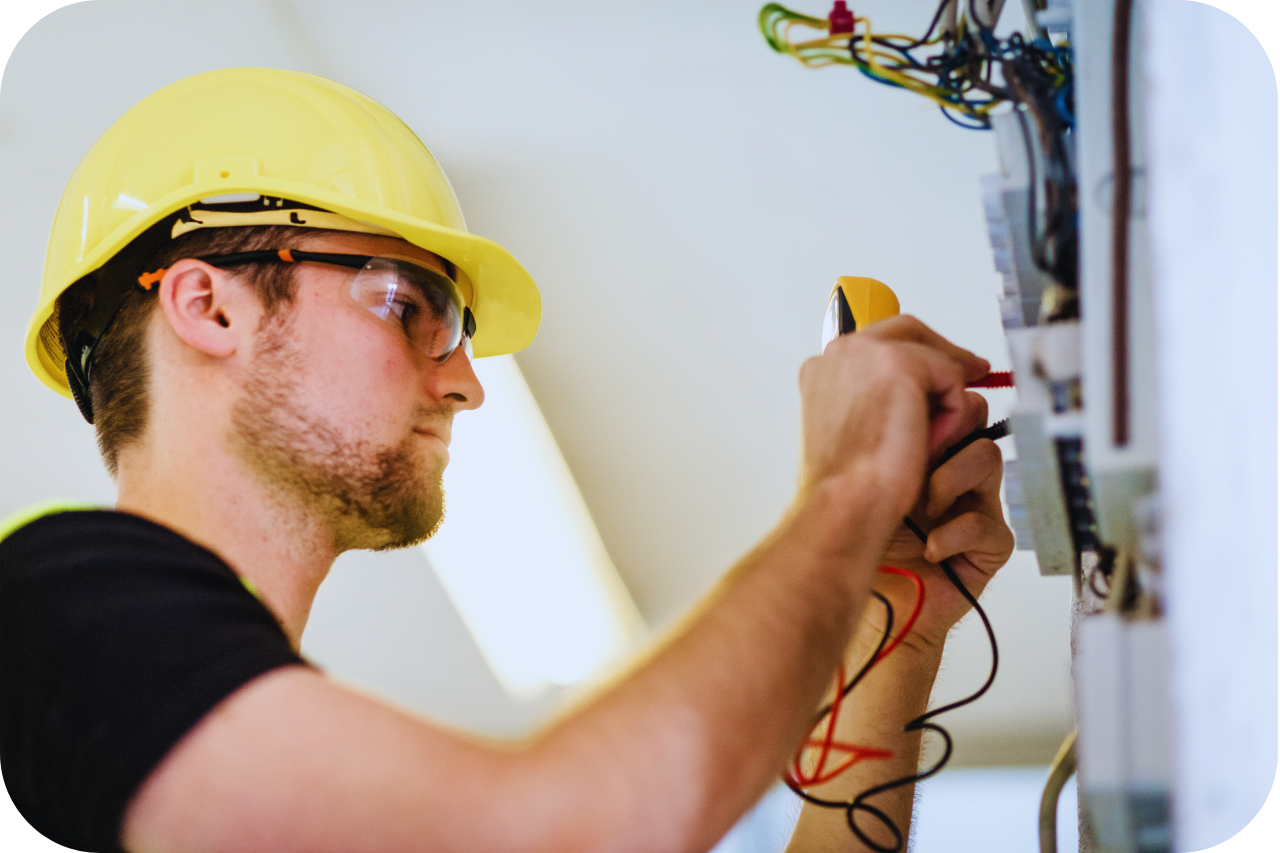Roar Solutions Fundamentals Explained
Table of ContentsA Biased View of Roar SolutionsThe 6-Minute Rule for Roar SolutionsThe smart Trick of Roar Solutions That Nobody is Talking About
In such an environment a fire or explosion is feasible when three standard problems are met. This is usually referred to as the "hazardous location" or "burning" triangular. In order to safeguard setups from a prospective surge a method of evaluating and categorizing a possibly hazardous area is called for. The objective of this is to ensure the correct choice and setup of devices to eventually prevent an explosion and to make sure security of life.

No devices ought to be installed where the surface temperature level of the tools is more than the ignition temperature level of the provided hazard. Below are some common dirt dangerous and their minimal ignition temperature. Coal Dirt 380C 225C Polythene 420C (melts) Methyl Cellulose 420C 320C Starch 460C 435C Flour 490C 340C Sugar 490C 460C Grain Dirt 510C 300C Phenolic Resin 530C > 450C Aluminium 590C > 450C PVC 700C > 450C Residue 810C 570C The probability of the threat being existing in a concentration high adequate to trigger an ignition will certainly differ from place to area.
Harmful location electric equipment maybe developed for usage in higher ambient temperatures. Field Fixing By Authorised Worker: Complex screening might not be called for however particular procedures may need to be adhered to in order for the tools to keep its 3rd event rating. Each piece of tools with a hazardous ranking should be assessed separately.
About Roar Solutions
The devices register is an extensive database of equipment documents that includes a minimum collection of areas to identify each product's place, technical parameters, Ex classification, age, and ecological data. This info is important for monitoring and managing the tools effectively within dangerous locations. On the other hand, for routine or RBI tasting assessments, the quality will certainly be a mix of Detailed and Close assessments. The proportion of Thorough to Close examinations will be figured out by the Devices Risk, which is examined based on ignition risk (the likelihood of a source of ignition versus the chance of a combustible ambience )and the harmful area classification
( Area 0, 1, or 2). This variant will additionally influence the resourcing demands for work preparation. When Lots are specified, you can develop sampling plans based upon the sample dimension of each Lot, which describes the variety of arbitrary equipment things to be examined. To establish the needed example dimension, two elements require to be examined: the dimension of the Lot and the category of inspection, which shows the degree of effort that should be applied( minimized, typical, or boosted )to the assessment of the Lot. By combining the classification of evaluation with the Great deal dimension, you can then establish the proper being rejected criteria for an example, suggesting the allowable number of faulty items discovered within that sample. For more information on this process, please refer to the Power Institute Standards. The IEC 60079 conventional advises that the optimum period in between inspections should not exceed 3 years. EEHA examinations will likewise be carried out outside of RBI campaigns as component of set up maintenance and equipment overhauls or repair services. These examinations can be attributed toward the RBI example dimensions within the affected Whole lots. EEHA examinations are carried out to identify mistakes in electrical devices. A heavy scoring system is necessary, as a single piece of devices might have multiple mistakes, each with differing degrees of ignition risk. If the mixed score of both evaluations is much less than two times the fault rating, the Whole lot is considered acceptable. If the Great deal is still taken into consideration unacceptable, it needs to undertake a full examination or validation, which might trigger stricter inspection procedures. Accepted Lot: The reasons for any type of mistakes are recognized. If a common failure setting is found, extra tools may need maintenance. Mistakes are classified by extent( Safety and security, Integrity, Home cleaning ), making certain that urgent problems are analyzed and addressed immediately to minimize any influence on security or operations. The EEHA database ought to track and record the lifecycle of faults together with the rehabilitative activities taken. Carrying out a robust Risk-Based Inspection( RBI )approach is essential for ensuring conformity and safety and security in taking care of Electric Devices in Hazardous Areas( EEHA) (electrical refresher course). Automated Fault Scoring and Lifecycle Monitoring: Effortlessly manage faults and track their lifecycle to improve inspection precision. The introduction of this assistance for risk-based examination better enhances Inspectivity's setting as a best-in-class service for regulatory conformity, along with for any kind of asset-centric inspection usage situation. If you want discovering extra, we welcome you to ask for a demonstration and find how our solution can change your EEHA monitoring procedures.
How Roar Solutions can Save You Time, Stress, and Money.

In terms of explosive danger, a harmful location is a setting in which an explosive environment is existing (or might be anticipated to be present) in quantities that need unique preventative measures for the construction, installation and use of devices. eeha courses. In this post we discover the difficulties faced in the office, the danger control actions, and the required proficiencies to function securely
It issues of modern-day life that we produce, save or manage a variety of gases or fluids that are considered flammable, and a variety of dirts that are deemed flammable. These materials can, in certain problems, form explosive environments and these can have significant and heartbreaking consequences. Most of us are acquainted with the fire triangle remove any one of the three aspects and the fire can not occur, but what does this mean in the context of dangerous areas? When breaking this down into its easiest terms it is basically: a mix of a certain amount of launch or leakage of a certain material or product, combining with ambient oxygen, and the existence of a source of ignition.
In most instances, we can do little regarding the levels of oxygen in the air, yet we can have significant impact on sources of ignition, for instance electric equipment. Unsafe areas are recorded on the unsafe location category drawing and are recognized on-site by the triangular "EX-SPOUSE" indicator. Right here, among other essential information, areas are split into index 3 types depending on the hazard, the possibility and period that an explosive ambience will certainly exist; Area 0 or 20 is regarded one of the most harmful and Area 2 or 22 is considered the least.
Comments on “Excitement About Roar Solutions”